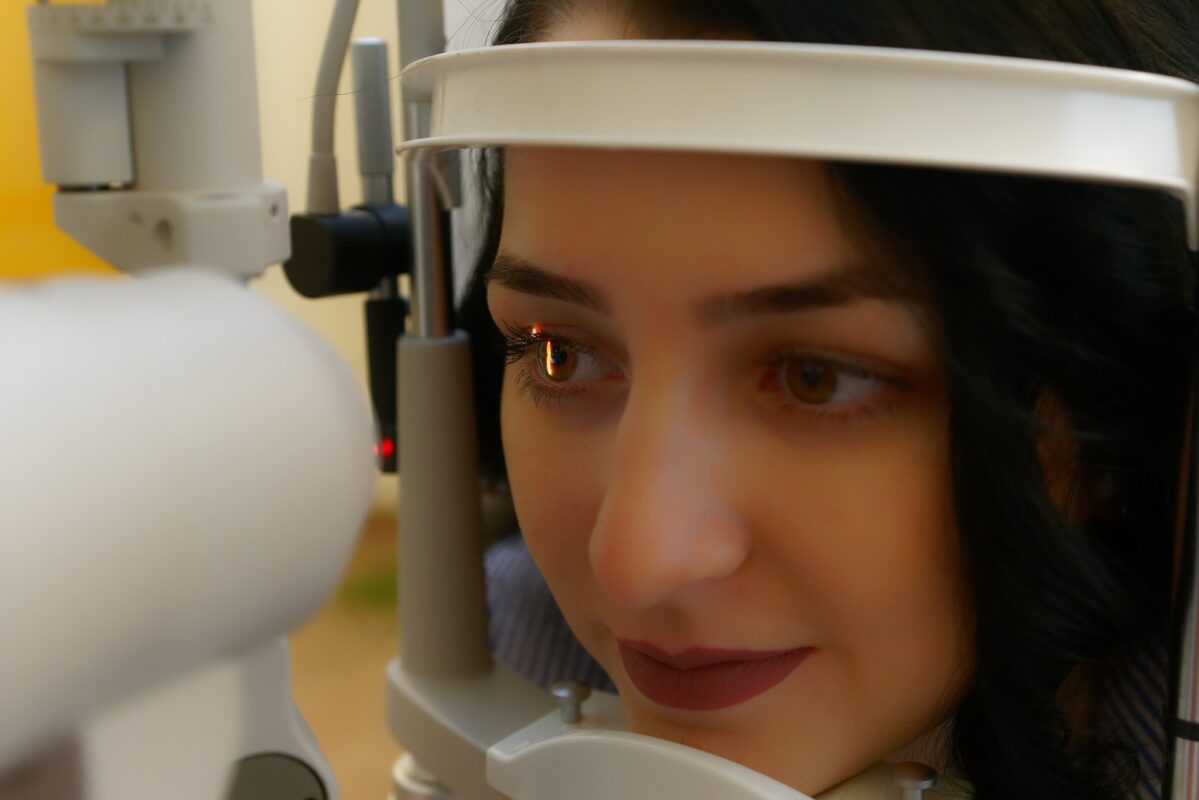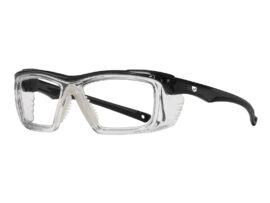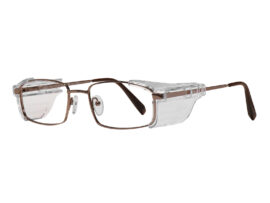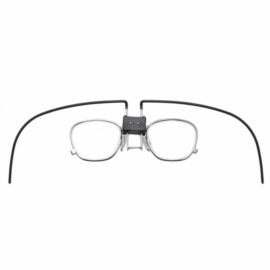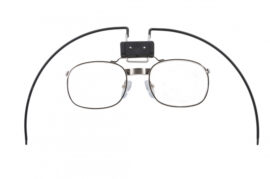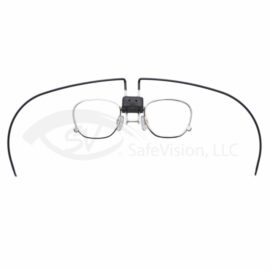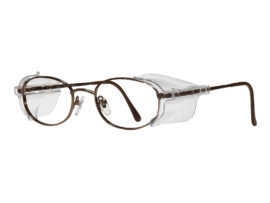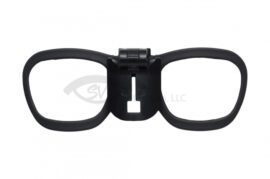Eye Health
Can Safety Glasses Help Prevent Or Slow Down Cataract Development?
Cataracts occur when the eye’s natural lens becomes clouded, significantly reducing vision and overall quality of life.
While they often develop naturally over time as we age, the National Eye Institute notes that long-term exposure to ultraviolet (UV) rays from the sun is also a contributing factor that can increase the risk and severity of cataracts.
Most people are aware that UV radiation damages the skin, but many underestimate how they may affect the eyes. Prolonged exposure can lead to irreversible changes in the lens, contributing to earlier cataract formation.
It’s important to understand that not all sunglasses provide adequate UV protection. A dark lens tint does not necessarily mean the lenses block UV rays. Polycarbonate, Trivex and high index lens materials offer 100% UV protection even when they’re clear. Meanwhile, plastic lenses require UV coatings.
At SafeVision, we offer prescription safety sunglasses made from these UV-blocking materials. These lenses are available in a variety of styles including:
- Tinted lenses for consistent sun protection
- Light-reactive lenses (photochromic) that darken in sunlight
- Polarized lenses that reduce glare while blocking UV rays
When made properly, prescription safety sunglasses can help in the following ways.
UV PROTECTION
Just like wearing a hat or applying sunscreen protects your skin from UV rays, wearing prescription safety sunglasses can offer similar UV protection for your eyes.
UV exposure to the eyes over a long period of time can cause what is known as oxidative damage to the cells in your eyes’ lenses, which results in them losing their transparency and therefore your eyes’ ability to transmit light to the retina. This is what happens when you have cataracts.
SafeVision prescription safety lenses are made from UV-blocking materials like polycarbonate and Trivex, and can also include additional UV-protective coatings for enhanced defense. These materials block 100% of UVA and UVB rays, even in clear lenses.
If you work outdoors, drive for extended periods, or spend significant time in sun-exposed environments, it’s a smart investment to choose quality prescription safety sunglasses. Not only do they improve vision comfort and reduce glare, but they may also help reduce UV-related cataract risks over time.
If you have already developed cataracts, preventing full exposure to UV rays may slow the progress of the lens clouding.
REDUCED GLARE
Reflective surfaces—like water, snow, glass buildings, or even car windshields—can produce blinding glare, which is dangerous when operating vehicles or heavy equipment. Importantly, UV rays are often present within glare, so wearing a hat or working in partial shade does not fully protect your eyes.
This is where it’s important to know the difference between the different types of lenses for your sunglasses. Tinted lenses or light-reactive lenses (which darken in sunlight) provide UV protection when made from polycarbonate, Trivex, or other high-index materials. However, they do not reduce glare.
By wearing polarized prescription safety sunglasses, you get better all-around protection from both UV exposure and glare, which can significantly enhance your outdoor visual performance and may also help prevent or slow cataract progression.
EASE DISCOMFORT
Many people report being extremely sensitive to light, most often harsh or bright light, while developing cataracts.
This causes eye discomfort and a decrease in vision quality. With tinted, light-reactive, and polarized lenses, more light is filtered and dispersed, which not only aids vision but may ease this light sensitivity and all the discomfort and frustration that comes with it.
CAN SAFETY GLASSES HELP PREVENT OR SLOW DOWN CATARACT DEVELOPMENT?
Cataracts most often develop naturally with age, so there is no guaranteed way to fully prevent them.
However, knowing that UV exposure contributes to both the development and progression of cataracts, actively protecting yourself from UV rays and eye discomfort using properly manufactured glasses can help reduce oxidative damage, and therefore slow down the cataracts getting worse.
At SafeVision, we offer a wide selection of prescription safety glasses, all available with impact-resistant, UV-protective polycarbonate or Trivex lenses. Options include tinted, light-reactive, and polarized lenses to meet your unique work or lifestyle needs—all while offering peace of mind and comfort outdoors.
FAQ
No. Only lenses made from UV-protective materials like polycarbonate, Trivex, or high-index plastics (or those with a proper UV coating) offer reliable protection. Dark tint alone does not block UV rays.

